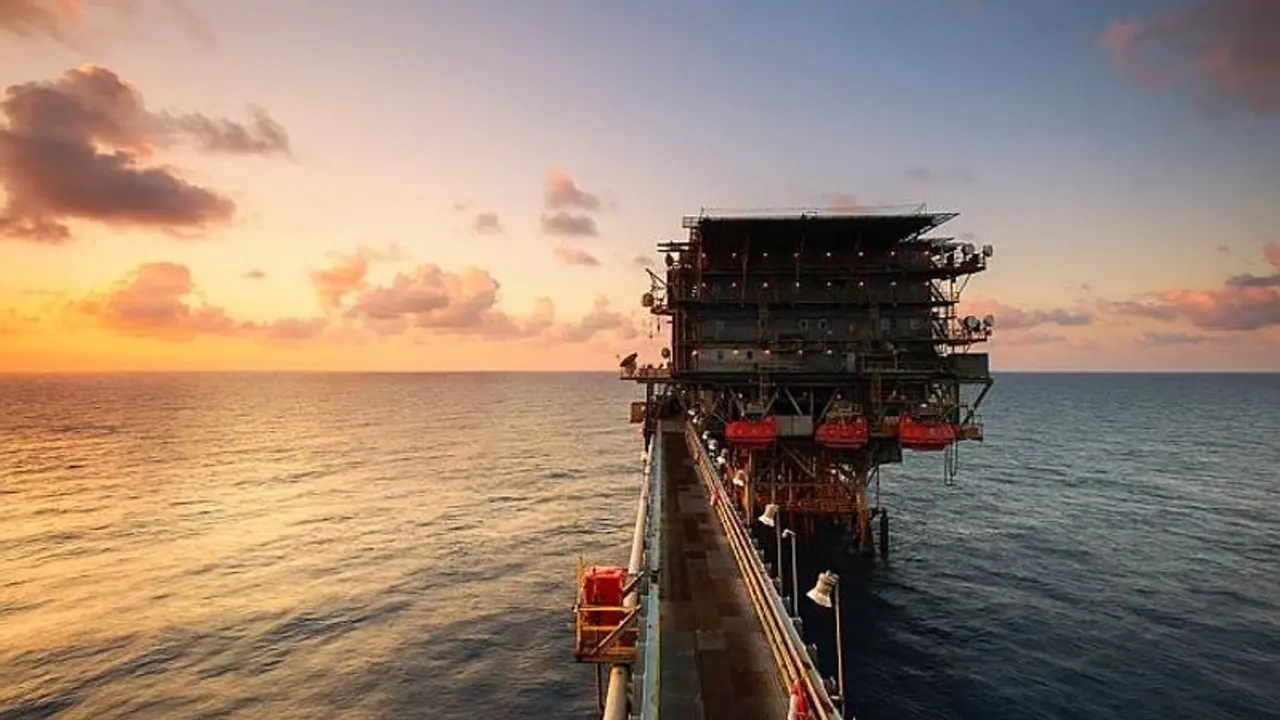The discounted prices of Russia's crude oil that India benefited from during the Ukraine war have significantly decreased, while opaque and higher-than-normal shipping rates pose challenges. Discover the complexities surrounding Russian crude oil pricing, shipping costs, and insurance rates, and their impact on India's oil imports.
In the wake of the conflict in Ukraine, India found itself drawn to the allure of discounted Russian crude oil. However, as time passed, the once generous discounts began to dwindle, leaving Indian refiners questioning the higher-than-normal shipping rates charged by Russia-arranged entities. The lack of transparency surrounding these charges raised concerns among industry insiders.

It was discovered that Russia while billing Indian refiners slightly below the imposed $60 per barrel price cap set by the West, was imposing exorbitant shipping costs ranging from $11 to $19 per barrel. These rates were double the normal amount charged for deliveries from the Baltic and Black Sea to India's west coast.
The sources with knowledge of the matter told news agency Press Trust of India that these costs were significantly higher than those for similar distances, such as voyages from the Persian Gulf to Rotterdam.
The invasion of Ukraine by Moscow in February of the previous year had led to the imposition of sanctions on Russian oil, causing European buyers and some Asian countries, like Japan, to turn away from it.
Consequently, Russian Urals crude was traded at a discount compared to the global benchmark, Brent crude. Although the discount on the Russian Urals grade had narrowed from around $30 per barrel to approximately $4 per barrel since the middle of the previous year, Indian refiners had become the largest buyers of Russian oil, as Chinese imports had reached their limit due to a surge in vehicle electrification and economic instability.
To secure the discounted oil, Indian refiners, including government-controlled entities like Indian Oil Corporation (IOC), Mangalore Refinery and Petrochemicals Ltd, Hindustan Petroleum Corporation Ltd, Bharat Petroleum Corporation Ltd (BPCL) and HPCL-Mittal Energy Ltd, as well as private refiners Nayara Energy Ltd and Reliance Industries Ltd, continued to negotiate separate deals with Russia. However, it was believed that if the state-controlled units, accounting for approximately 60 per cent of the 2 million barrels per day of Russian oil flowing into India, had negotiated together, even greater discounts could have been achieved.
"China's demand has reached its maximum, and Europe is not purchasing any seaborne crude from Russia. As a result, India remains the only destination with an increasing appetite. If the refiners had negotiated collectively, they could have extracted larger discounts," explained one source.
Notably, Indian Oil Corporation (IOC) was the only company to have entered into a fixed-volume deal, while other refiners continued to buy on a tender basis. Prior to Russia's invasion of Ukraine in February of the previous year, India's imports of Russian crude had been relatively minor, totalling about 44,500 barrels per day (bpd) in the 12 months leading up to February 2022.
In recent months, India's purchases of seaborne crude from Russia had surpassed those of China. Indian refiners bought crude oil from Russia on a delivered basis, placing the responsibility for shipping and insurance arrangements on Moscow.
Although the invoicing for oil was done at or slightly below $60 per barrel, the rates for shipping and insurance were determined by quotes obtained by Russia from three relatively unknown agencies. These agencies operated opaquely, making it impossible to independently evaluate their pricing. As a result, a significant portion of the actual sale price of Urals crude, approximately $70-75 per barrel, was channeled to these shadow agencies.
To limit Moscow's ability to finance its war in Ukraine, the G7 had imposed a $60 per barrel price cap on Russian oil beginning in December 2022. This cap stipulated that companies based in coalition countries could only provide maritime services for the transport of oil if it was sold at or below the price cap level. Typically, companies based in coalition countries accounted for around 90 per cent of the market for relevant maritime insurance products and reinsurance.
To comply with this requirement while still securing ships and insurance, Russia priced the oil in the invoice at $60 or less, while billing the buyers for shipping and insurance based on quotes from the three agencies. The situation was further complicated by the fact that since late 2022, Russian crude was no longer sold in Rotterdam and Augusta, and the Baltic Exchange had stopped listing TD17 and modified the TD6 indicator, rendering it potentially irrelevant to Russian cargoes.
Furthermore, additional tankers were chartered on a time basis, making the cost of a single voyage even more opaque. These tankers were not booked through Baltic Exchange shipping brokers, resulting in a lack of information regarding the actual costs involved.
In May 2023, the proportion of Russian oil-loaded ships insured in the EU, G7, or Norway was 46.3 per cent, down from 78 per cent in February of the previous year. Despite the decrease, these countries continued to provide tankers for shipping Russian oil.
Meanwhile, over 28 per cent of oil tankers transporting Russian oil originated from the EU, G7, or Norway, a significant decline from the pre-war era. UAE-registered tankers accounted for 37 per cent of the shipments (compared to 13.4 per cent previously), and 12.3 per cent came from China, including Hong Kong. The origin of the remaining 22 per cent remained unknown.
